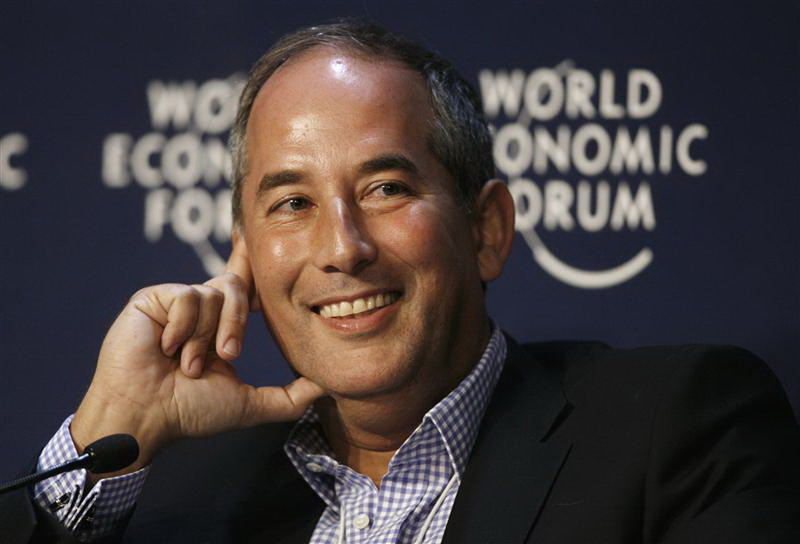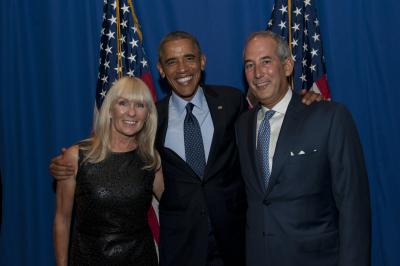Last year the focus was all on the BRIC nations and the emergence of a two-speed world. The West Europe and the US included were mired in recession and their various government stimulus plans compared very unfavorably with the Chinese ability to rapidly turn policy into rising GDP and employment. This year the Forum organizers proclaimed that we were living in a “multispeed” world. This is not only more complex to model than a simple growth/no growth duality it changes the psychological geography as well. Through 2009 the health of Western economies was generally poor. If you were a European politician you could simultaneously blame the US for causing the crisis and feel reasonably comfortable that the large US economy was not performing any better than the local one. Schadenfreude indeed.
Come January 2011 two things had changed. First and foremost the US economy began showing signs of life in the second half of 2010. Second while US bankers are not completely off the hook (nor should they be) the causes of the financial crisis and the ensuing global recession have been found to be more complex and multi-sourced. So for example while the US mortgage and securitization market witnessed some morally awful (and by the way long-term economically stupid) conduct the external debt to GDP ratio in the US did not exceed 1 to 1 while various European countries allowed their ratios to expand to 2 (France) 4 (UK) or even 10 (Ireland) to 1. A similar pattern emerges if one compares bank balance sheet to GDP ratios. While some WEF attendees European officials in particular preferred to stick to the simpler (and more comfortable) truths of the 2010 Winter Meeting the multispeed recovery is slowly refocusing attention on fundamental issues such as innovation labor mobility and productivity and entrepreneurship and their impact on relative economic growth rates. A series of bankers (the always blunt amusing and smart Jamie Dimon first among them) also began to speak more publicly about the need to distinguish between banks that acted responsibly through the crisis and those that were found to be still dancing when the music stopped. To me the lesson is clear: Stop talking in generalities and hurling retrospective blame start looking at the underlying data and move on to implementing polices intended to encourage long-term growth prosperity and an adequate social safety net.
The other overriding theme of the “great global debate” this year was social media. Those of us who have been playing with Web 2.0 technologies for some time can be excused for not seeing the novelty in this but that would again miss the larger point. For the last 45 years the Winter Meeting of the World Economic Forum in Davos has itself been a grand social network — think of it as a bricks and mortar precursor to the newer virtual models. Before there were tweets and pokes and friending and unfriending there were years of quick hallway meetings kept to 140 platitudinous characters: “Hi how are you? Great to see you here. All well with your business? See you at the Mckinsey party.” There were large “plenary” sessions akin to writing for all to see on a friend’s wall and quick bilateral meetings in semi-private rooms not unlike direct messaging. Above all there was plenty of re-tweeting going on as delegates repeated the witty aphorism they had just heard at their last session.
All this reminded me of how we were taught to "hand simulate" code when I was learning to program. Back in what now seems like the days of ENIAC we learned to simulate the computer and attempt to interpret or complie each instruction by hand to determine if our program worked as intended or would hang in some endless loop. So the thought occurred to me that Davos was really one huge hand simulation of Facebook starting of course with that coveted small white and blue WEF facebook. The parallels abound. Will that potential client or partner accept my invitation to a bilateral meeting? No different than awaiting a response to a pending Facebook friend request. Will my comments on the panel be judged approvingly? No different than not knowing how my friends will react to my latest wall post. Moreover that same sense of belonging to some inner circle of being in the know replete with that speed dating rush of quantity of interactions over quality.
No wonder Sheryl Sandberg seemed to appear in more sessions than even Klaus Schwab.






Thanks for giving your excellent insightful review of the recent WEF. Oh those Europeans and their schadenfreude cacklings! Don
it’s grat
gREAT!